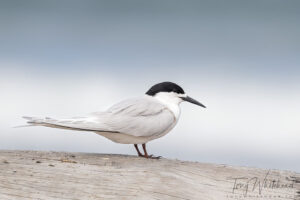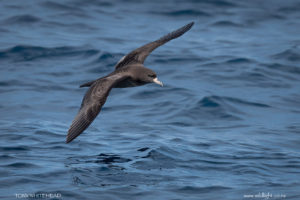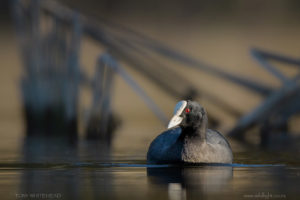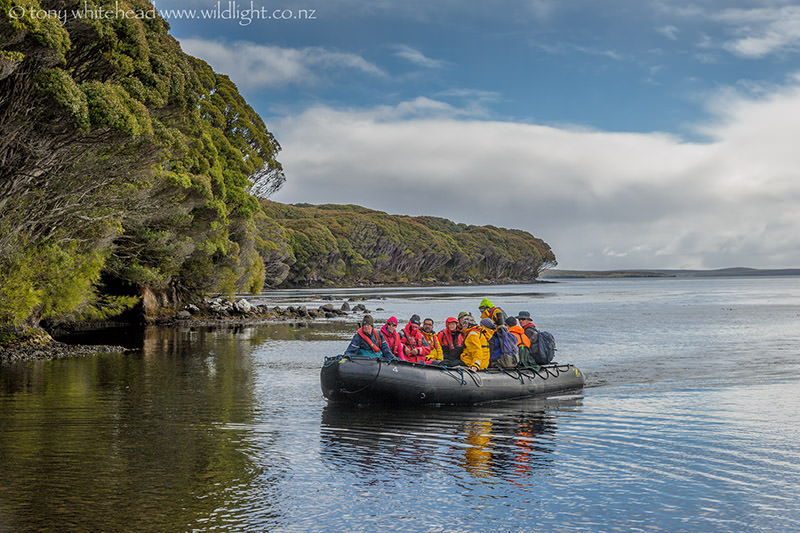
Our magical day on Enderby Island was going to be hard to beat and was tinged with a degree of regret as I hadn’t had time to do any justice to the Sea Lion colony or spend any useful time with the flightless Auckland Island Teals that had welcomed us when we landed. The plan for today was to visit the relics of the Hardwicke settlement and then explore some of the old coast watcher huts. While both of these options were of great historical significance and interest, I am afraid that for me, they pale into insignificance compared to the natural history. Human settlement has caused significant damage to the environment of the islands and the joy of nature bouncing back on Enderby after removal of the insults is more marvellous and fascinating than any hut or remnant of human habitation despite the obvious bravery and fortitude of those humans from a different time. I am lucky to be able to enjoy that perspective from the soft comfort of modern life, but have always preferred natural history to human history.
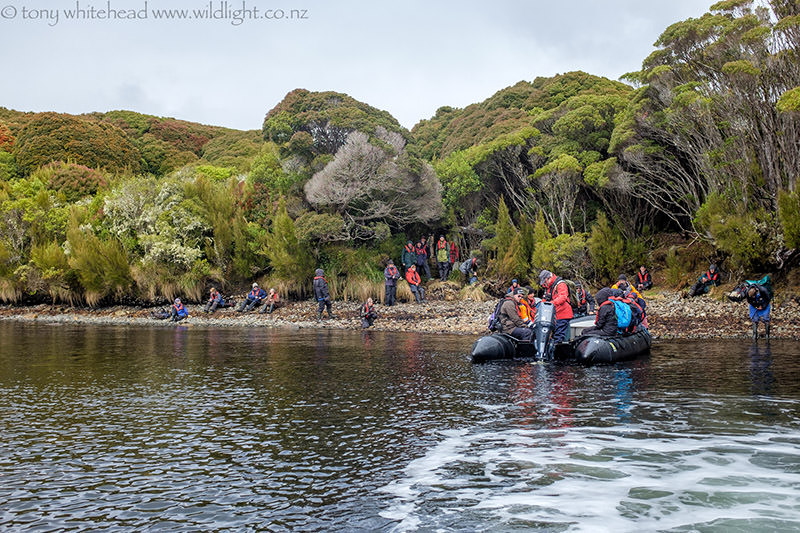
On the Zodiacs heading toward the sheltered shore of Port Ross we could see warm sunlight washed across the close clipped canopy of the Southern Rata. Landing at Erebus Cove there was little to see of the old settlement but heading into the forest we could get the impression of the old roadways with Rata regrowth taking over. A sad collection of mossy bricks hinted at a previous structure. Hardwicke was developed by the London whaling company, Samuel Enderby & Sons, as a whaling and ship provisioning settlement in 1849. Prefabricated buildings were erected and the bricks were used to construct chimneys. Settlers had been carefully chosen to have the mix of skills required to establish a new settlement but the peaty soils and dense bush prevented successful agriculture and the whaling did not live up to expectations. The settlement was abandoned after 2 years and 9 months with most buildings disassembled and removed leaving only the cemetery as a reminder.
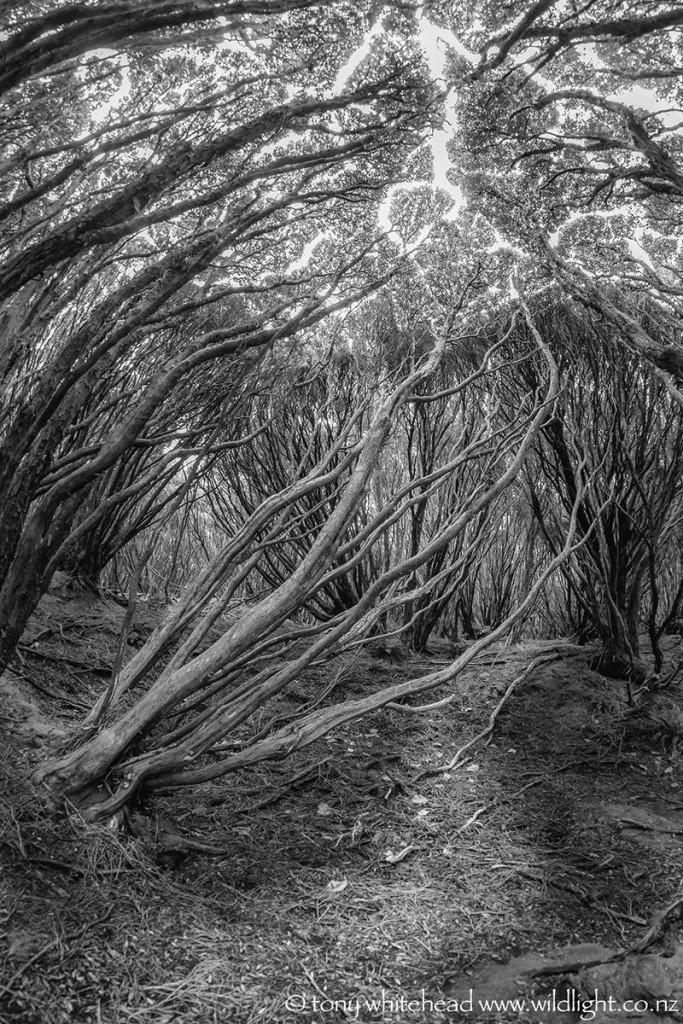
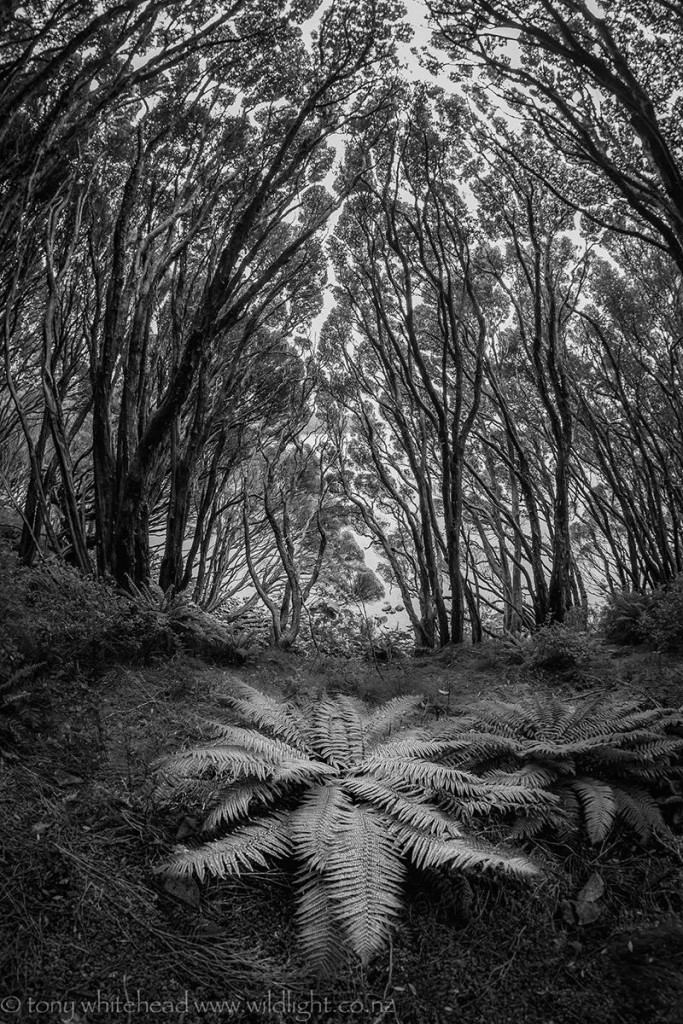
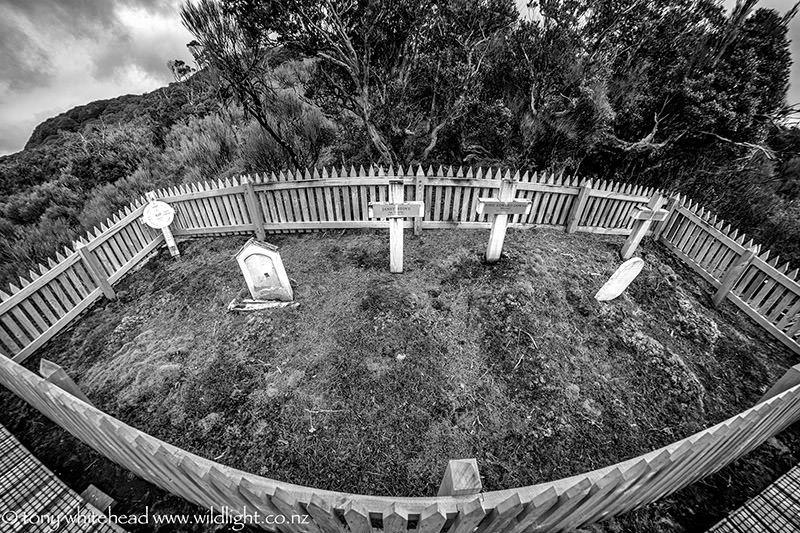
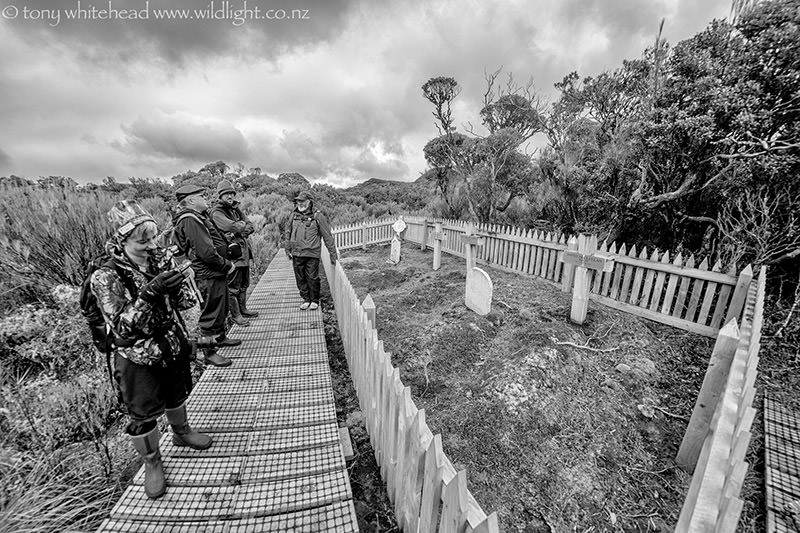
The Auckland Islands were the site of several shipwrecks. The wreck of the Grafton in Carnley Harbour with the 5 survivors who spent 19 months on the island before constructing a boat and making it to Stewart Island, caught the public imagination. An expedition by HMS Victoria went in search of castaways and released goats and rabbits on Enderby Island to provide food for shipwreck survivors. At Erebus Cove they chiselled a rata trunk with “H.M.C.S VICTORIA NORMAN IN SEARCH OF SHIPWRECKED PEOPLE OCT 13TH 1865” and this inscription is still partially visible. They also installed fingerposts pointing toward castaway depots with supply caches.
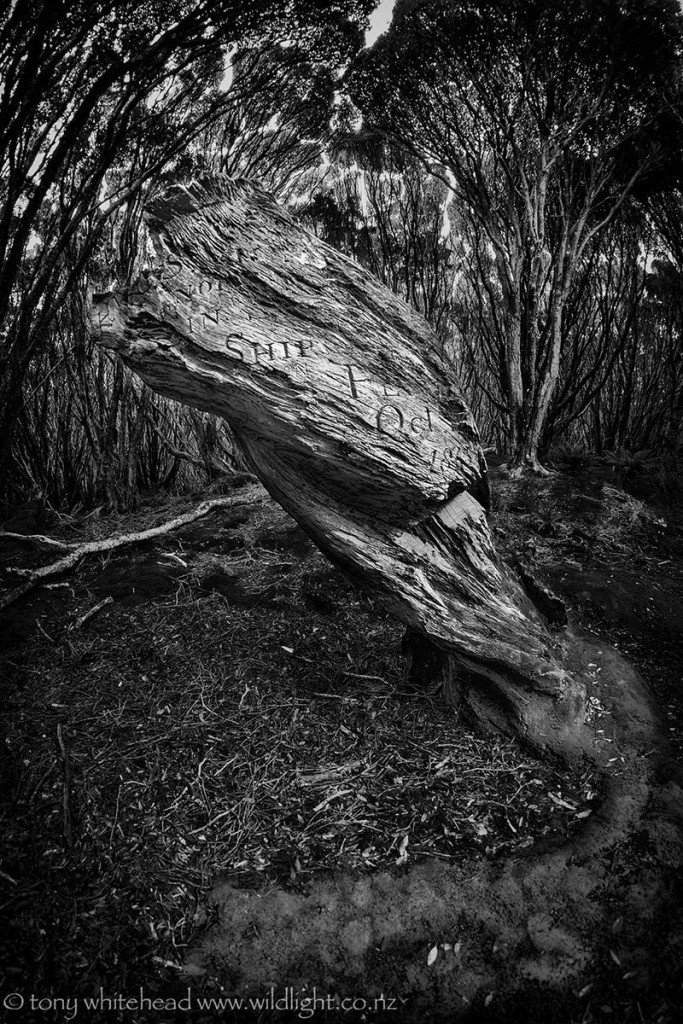
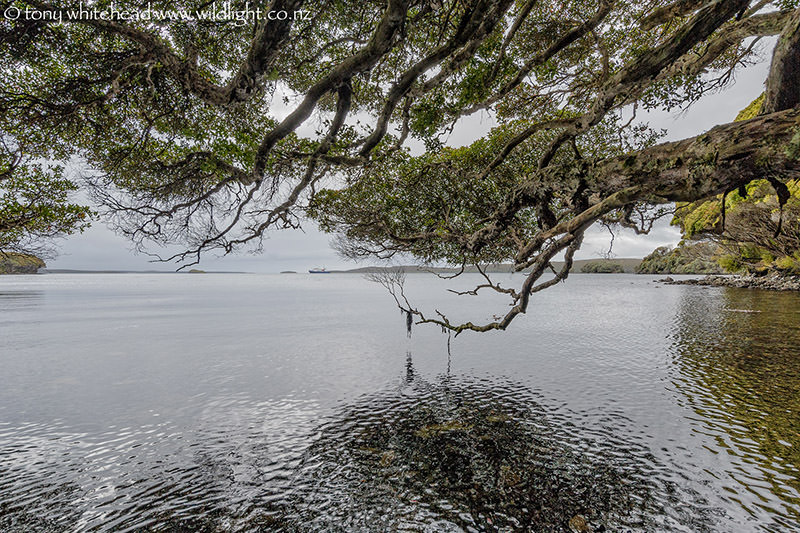
Returning to the ship the wind was picking up leading to a rather spray soaked Zodiac trip. This altered the plans for the afternoon with a return to Enderby replacing the planned visit to the coast watchers hut at Ranui Cove, a decision that was very popular.
Black & White photos all with Fuji XT1 and Samyang 8mm f2.8 fisheye lens – RAW files processed in Lightroom and then Nik Silver Efex Pro2.
Colour images with Nikon D3s and 24-120mm f4 lens or 18-35mm f3.5-4.5 lens except 2nd image in this post which was with the Fuji X100s.
